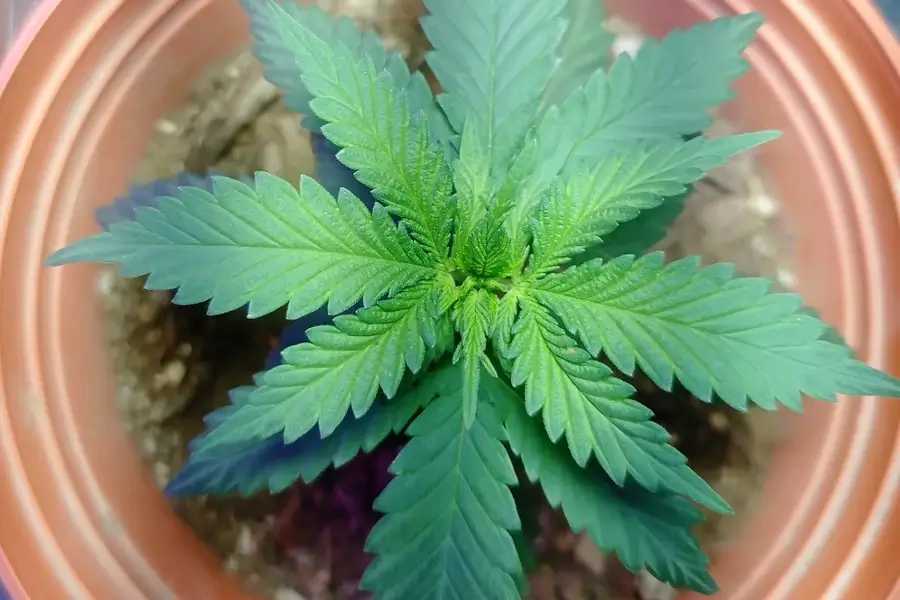Since a considerable amount of time ago, marijuana has been a subject of discussion, particularly about the possibility of its application in the treatment of chronic pain. The illness known as chronic pain is a debilitating ailment that affects millions of individuals all over the world and has the potential to significantly damage the quality of life of those affected by it.
It is common practice to utilize conventional pain drugs, such as opioids, for the management of chronic pain; however, these treatments come with a wide range of adverse effects and the potential for addiction.
When it comes to the treatment of chronic pain, marijuana, on the other hand, has demonstrated some encouraging effects. There are about one hundred distinct cannabinoids that are found in the cannabis plant, which is a complex organism that contains a wide range of various components.
Tetrahydrocannabinol (THC) and cannabidiol (CBD) are two of the most well-known cannabinoids that can be found in cannabis. A significant amount of research has been conducted on both of these cannabinoids to investigate their potential therapeutic applications.
There is a crucial psychoactive component in cannabis known as THC.
There is a crucial psychoactive component in cannabis known as THC, which is responsible for the “high” that is commonly associated with the consumption of marijuana. On the other hand, it also possesses several medical properties, such as the potential to alleviate pain, to reduce inflammation, and to promote appetite.
To exert its effects, THC binds to cannabinoid receptors in the brain. This binding process can modify pain signals and reduce inflammation throughout the body.
In contrast, cannabidiol, or CBD, is a cannabinoid that does not produce intoxicating effects and has garnered a lot of attention in recent years due to the potential medicinal applications it possesses. In contrast to THC, cannabidiol (CBD) does not result in a “high,” but it does have several medicinal benefits. These properties include the capacity to alleviate pain, reduce inflammation, and alleviate anxiety and depression.
CBD produces its effects by interacting with the endocannabinoid system, which regulates a wide range of physiological processes within the body. These processes include the sensation of pain, inflammation, and mood.
Other cannabinoids that can be discovered in cannabis include cannabigerol (CBG), cannabinol (CBN), and cannabichromene (CBC). Each of these cannabinoids possesses a distinct collection of therapeutic characteristics that are unique to itself. The therapeutic benefits of cannabis are produced by various cannabinoids working together in a synergistic manner, which makes cannabis a potentially helpful treatment choice for a wide range of therapeutic ailments.
Consumption of these substances affects the endocannabinoid system, which is accountable for regulating pain, mood, and other bodily functions.
Several studies have demonstrated that marijuana has the potential to be an effective treatment for a variety of chronic pain conditions.
Several studies have demonstrated that marijuana has the potential to be an effective treatment for a variety of chronic pain conditions, such as neuropathic pain, inflammatory pain, and pain associated with cancer. Several illnesses, including multiple sclerosis, fibromyalgia, and arthritis, can also benefit from its ability to alleviate their related symptoms.
Not only does marijuana have the ability to alleviate pain, but it has also been discovered that it has fewer adverse effects than conventional pain drugs. It is less likely to result in addiction or overdose, and it does not produce respiratory depression, which is a significant adverse effect of opioids. Additionally, it does not cause respiratory depression.
Even though marijuana may be helpful in the treatment of chronic pain, there are still societal and legal barriers that prevent its use. There are still many people who believe that marijuana is a hazardous drug, even though it is still banned under federal law in the United States.
On the other hand, as more research is conducted on its medical benefits, views and legislation about its utilization are expected to continue to develop.
In conclusion, marijuana has the potential to be a therapy option for chronic pain that is both effective and protected from adverse effects. Even though additional research is required to comprehend its advantages and drawbacks completely, it is evident that it has a position in the discussion concerning pain management.
In the course of society’s ongoing transition toward a more holistic approach to healthcare, it is feasible that marijuana will become a kind of medicine that is more commonly acknowledged and employed.
